 Published in 2020 by The Rosen Publishing Group, Inc. 29 East 21st Street, New York, NY 10010 Copyright 2020 by The Rosen Publishing Group, Inc. All rights reserved. No part of this book may be reproduced in any form without permission in writing from the publisher, except by a reviewer. First Edition Editor: Greg Roza Book Design: Reann Nye Photo Credits: Series art Reinhold Leitner/ Everyonephoto Studio/Shutterstock. com.
Published in 2020 by The Rosen Publishing Group, Inc. 29 East 21st Street, New York, NY 10010 Copyright 2020 by The Rosen Publishing Group, Inc. All rights reserved. No part of this book may be reproduced in any form without permission in writing from the publisher, except by a reviewer. First Edition Editor: Greg Roza Book Design: Reann Nye Photo Credits: Series art Reinhold Leitner/ Everyonephoto Studio/Shutterstock. com.
Library of Congress Cataloging-in-Publication Data Names: Corso, Phil, author. Title: Jujitsu / Phil Corso. Description: New York: PowerKids Press, [2020] | Series: Enter the dojo! martial arts for kids | Includes index. Identifiers: LCCN 2019019281| ISBN 9781725310063 (pbk.) | ISBN 9781725310087 (library bound) | ISBN 9781725310070 (6 pack) Subjects: LCSH: Jiu-jitsu--Juvenile literature. Classification: LCC GV1114 .C66 2020 | DDC 796.815/2--dc23 LC record available at https://lccn.loc.gov/2019019281 Manufactured in the United States of America The activities discussed and displayed in this book can cause serious injury when attempted by someone who is untrained in the martial arts. Never try to replicate the techniques in this book without the supervision of a trained martial arts instructor.
CPSIA Compliance Information: Batch #CWPK20. For Further Information contact Rosen Publishing, New York, New York at 1-800-237-9932. CONTENTS Get a Clue with Jujitsu The ancient martial art jujitsu focuses on working with the force of your against them, rather than trying to match them. Jujitsu is a great form of self-defense, but its much more than that. This created to make an opponent submit, or give in. Kiai! Many martial arts focus on punches and kicks.
Jujitsu, however, uses techniques called throws, sweeps, joint locks, and choke holds.  Jujitsu matches start with opponents standing up, but often they end up on the ground. The on the bottom in this photograph has applied a jujitsu joint lock to her opponents arm. Her opponent will have to submit to avoid an injury. Jujitsus Origins Jujitsu is one of the oldest martial arts. Its origins can be traced to monks from India.
Jujitsu matches start with opponents standing up, but often they end up on the ground. The on the bottom in this photograph has applied a jujitsu joint lock to her opponents arm. Her opponent will have to submit to avoid an injury. Jujitsus Origins Jujitsu is one of the oldest martial arts. Its origins can be traced to monks from India.
However, jujitsu truly took shape in Japan, where Samurai used it to compete against each other. These fighters usually wore armor, carried several weapons, and rode horses. They created jujitsu as a way to fight if they happened to be without armor, weapons, or a horse. In modern times, new martial arts broke off from jujitsu. Judo is a stripped down variation of jujitsu that focuses mainly on throws and sweeps. Brazilian jujitsu adds powerful ground techniques to the ancient martial art.
Kiai! In the late 1800s, Japanese masters started sharing ancient jujitsu techniques with others. It quickly spread around the world.  This page from a French magazine from the 1800s displays several jujitsu moves against an armed attacker. This was a very new art form for most Westerners at this time. The Modern Era People practicing jujitsu today keep it modern by creating new moves, techniques, and training styles. During the twentieth century, Brazilian martial artists transformed jujitsu into a new and very exciting form, now called Brazilian jujitsu, or BJJ.
This page from a French magazine from the 1800s displays several jujitsu moves against an armed attacker. This was a very new art form for most Westerners at this time. The Modern Era People practicing jujitsu today keep it modern by creating new moves, techniques, and training styles. During the twentieth century, Brazilian martial artists transformed jujitsu into a new and very exciting form, now called Brazilian jujitsu, or BJJ.
BJJ competitions have become major sporting events. The two largest are the Abu Dhabi World Professional Jiu-Jitsu Championship and the World IBJJF Jiu-Jitsu Championship. 
 In this photograph from 2011, MMA fighter Jeremy Stephens (white trunks) applies a jujitsu lock called a Kimura to the arm of Danny Downes (black trunks). Downes was forced to tap out, or give up, and Stephens won the match. Mixed Martial Arts (MMA) has become very popular recently. Most MMA fighters need a basic knowledge of jujitsu to have any chance at competing at the level.
In this photograph from 2011, MMA fighter Jeremy Stephens (white trunks) applies a jujitsu lock called a Kimura to the arm of Danny Downes (black trunks). Downes was forced to tap out, or give up, and Stephens won the match. Mixed Martial Arts (MMA) has become very popular recently. Most MMA fighters need a basic knowledge of jujitsu to have any chance at competing at the level.
This has helped keep jujitsu popular. Going to the Mat Throws and sweeps are two ways a jujitsu competitor knocks their opponent off balance. One of the most common throws in jujitsu is the tai otoshi, or body drop. There are numerous ways of doing this move, but all require twisting the opponents upper body to get them off balance and using an outstretched leg to trip the opponent. A sweep is a technique using your foot to upset an opponents . As an opponent moves or steps, a sweep can be used to take their feet out from under them.
In BJJ, sweeps are important movements made from the ground, too.  These jujitsu students are training tai otoshi. Submission Moves Joint locks and choke holds are techniques created to make an opponent tap out because of pain or a lack of air. Locks place strain on one or more of your opponents joints, such as wrists, elbows, knees, or ankles. Common joint locks include the arm bar and the Kimura, an elbow and shoulder lock. Kiai! Trust is a key part of training.
These jujitsu students are training tai otoshi. Submission Moves Joint locks and choke holds are techniques created to make an opponent tap out because of pain or a lack of air. Locks place strain on one or more of your opponents joints, such as wrists, elbows, knees, or ankles. Common joint locks include the arm bar and the Kimura, an elbow and shoulder lock. Kiai! Trust is a key part of training.
If your partner taps you or the mat, let go immediately to avoid injury. If your opponent cant free a hand to tap, they may say tap. 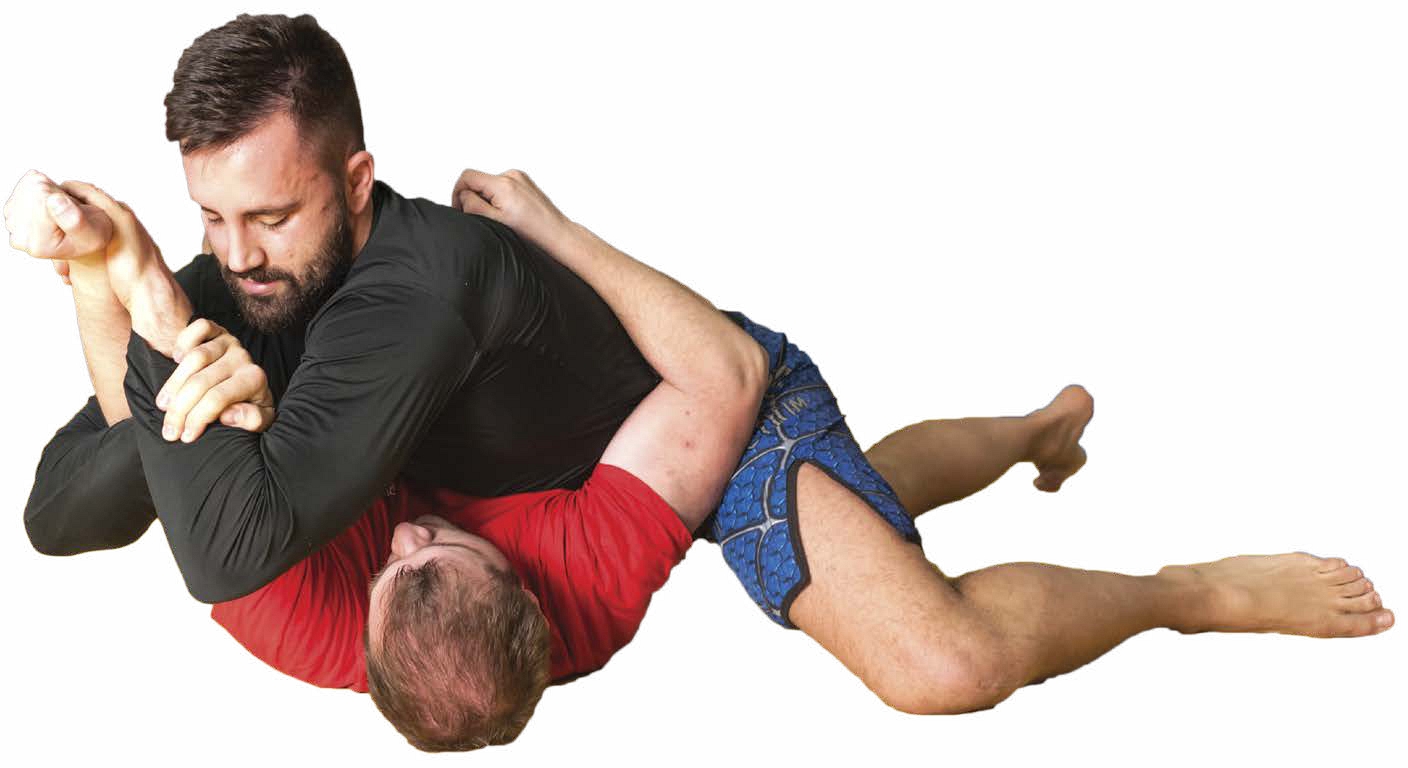
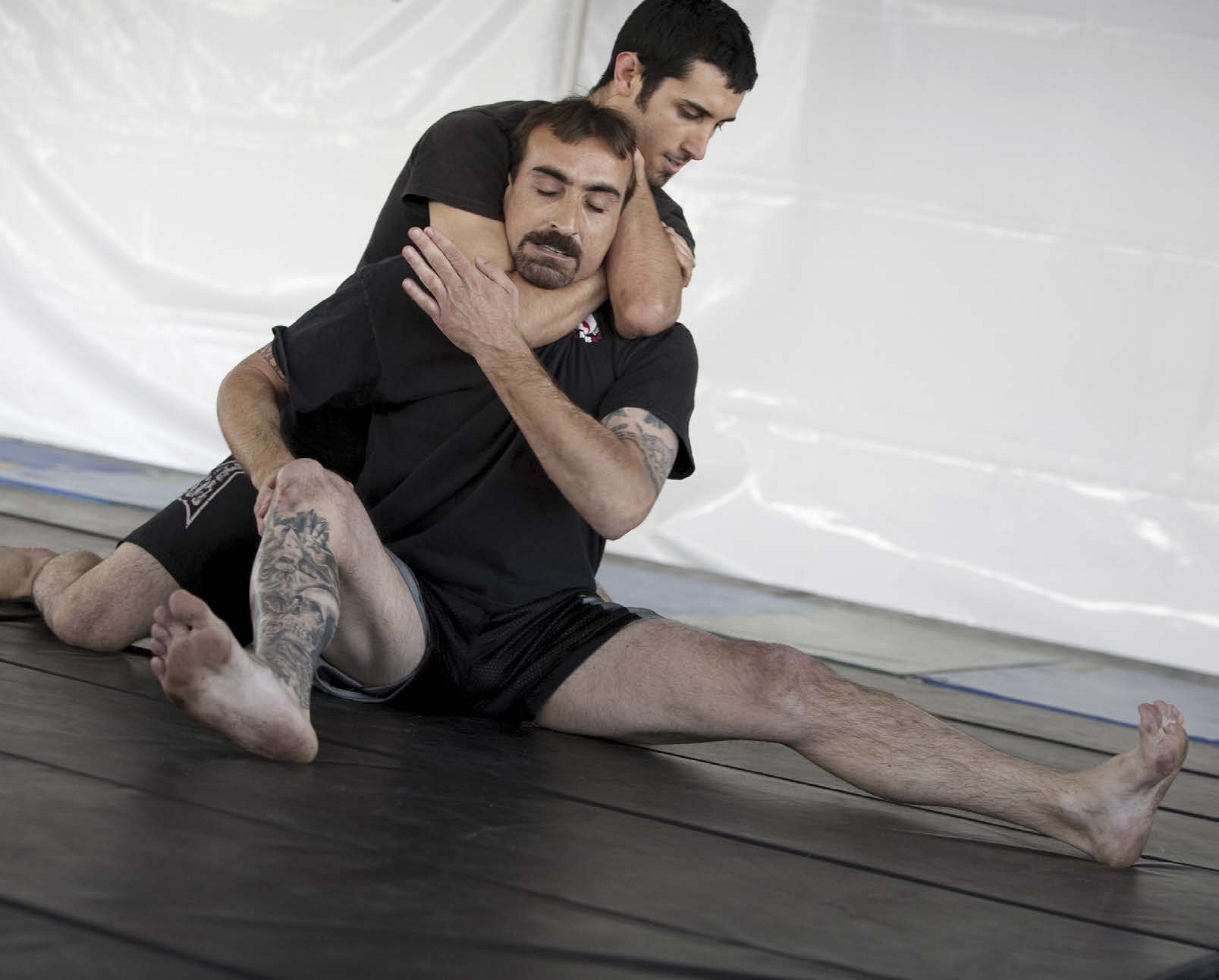 These two jujitsu instructors are demonstrating the proper way to apply the rear naked choke. The rear naked choke, also known as a sleeper hold, is a common move in MMA. To apply the choke, you need to get behind your opponent and wrap your arm around their neck. Then, grab your other arm and squeeze! First Steps The typical clothing worn for most martial arts is known as a gi.
These two jujitsu instructors are demonstrating the proper way to apply the rear naked choke. The rear naked choke, also known as a sleeper hold, is a common move in MMA. To apply the choke, you need to get behind your opponent and wrap your arm around their neck. Then, grab your other arm and squeeze! First Steps The typical clothing worn for most martial arts is known as a gi.
Gis are held together by a belt tied around your waist. These belts have different colors to represent a students level of skill. Before entering the dojo, you should remove all jewelry to avoid injuries. is important, too, since you will be in close contact with others. And if you have long hair, you will need to make sure that it is tied up in such a way so that it does not get in the way of your training. Kiai! Dojos are places where its important to show respect for your instructors, other students, and yourself.
Bowing to each other is a common sign of respect in the martial arts. 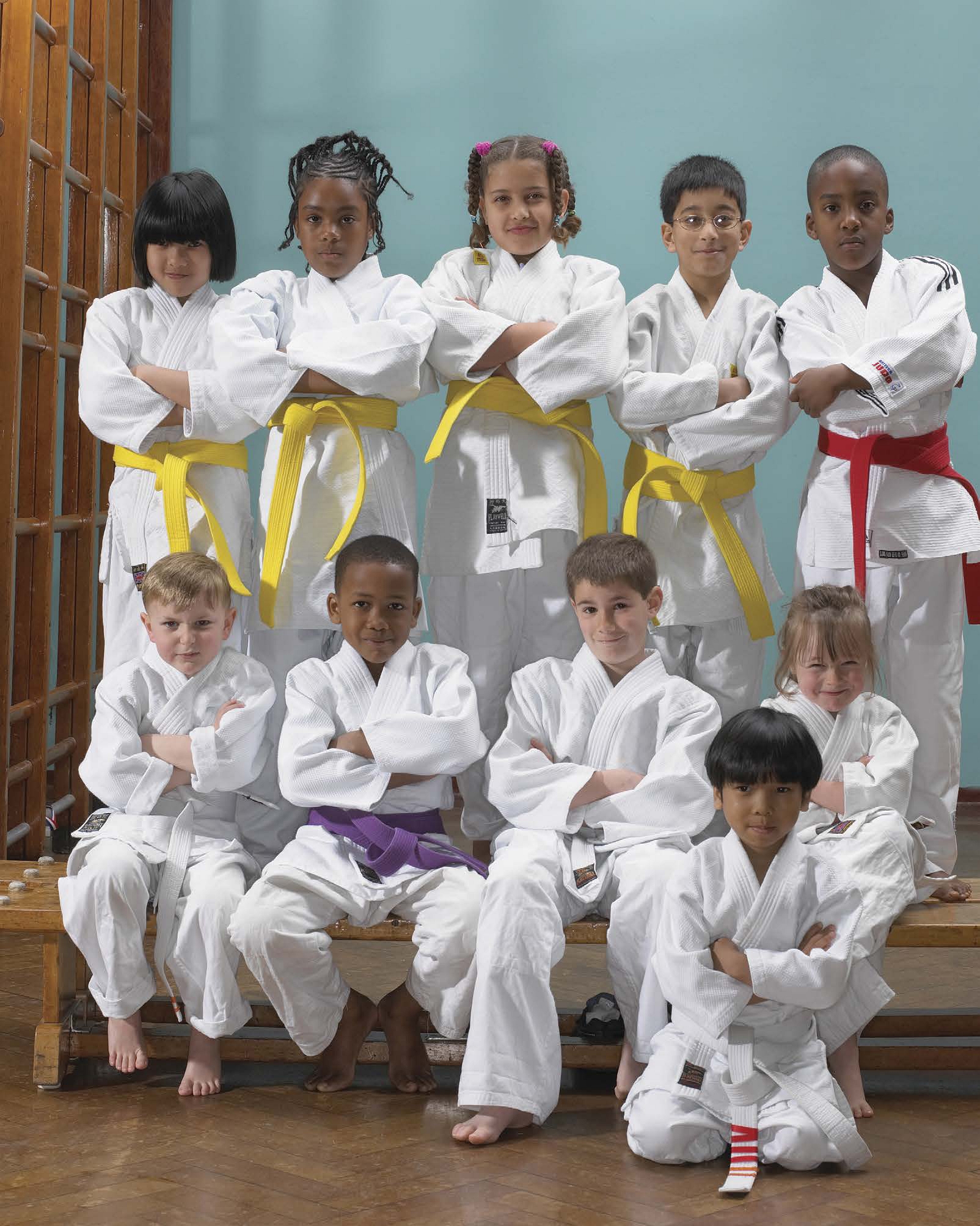 Colored belts show all students your level of experience. Its important to go easier on people with lower belts than you have to avoid injuries, and to help lower-level students learn. Jujitsu Training Jujitsu is a grappling martial art. It can be a tiring activity. To train effectively, you should focus on .
Colored belts show all students your level of experience. Its important to go easier on people with lower belts than you have to avoid injuries, and to help lower-level students learn. Jujitsu Training Jujitsu is a grappling martial art. It can be a tiring activity. To train effectively, you should focus on .
One of the first techniques beginning jujitsu students learn is how to fall properly. Students trip and throw each other numerous times with various techniques during each class. Practicing falling, and how to defend yourself from the ground, are important skills to learn. Once a student can do these moves, they can start sparring, or practice fighting, with other students. Kiai! Your instructor can help you learn new techniques and terms on the mat. 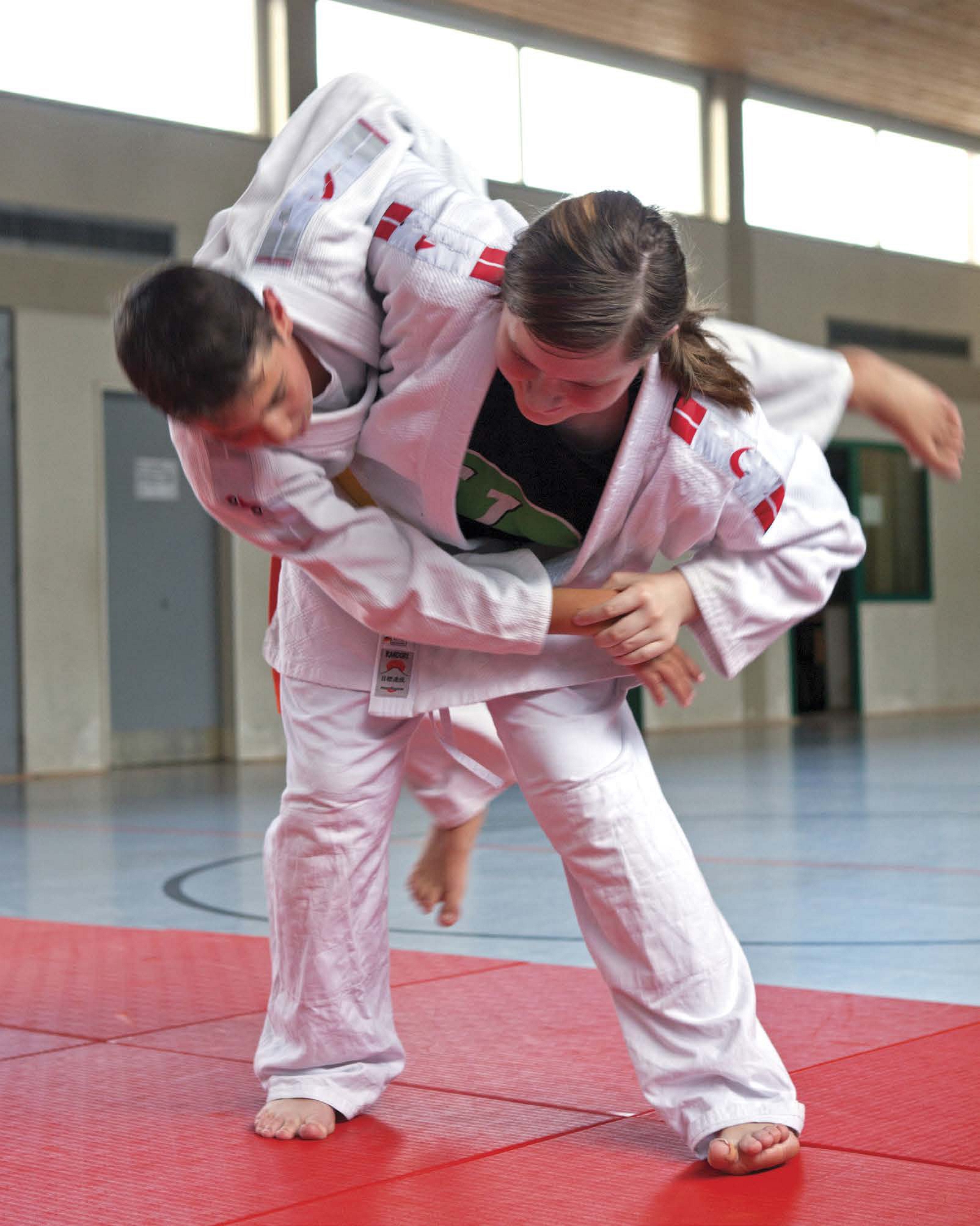
Next page
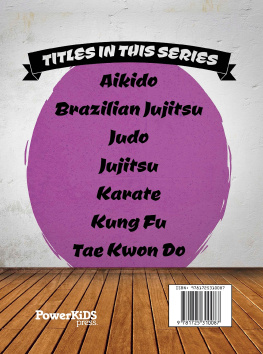
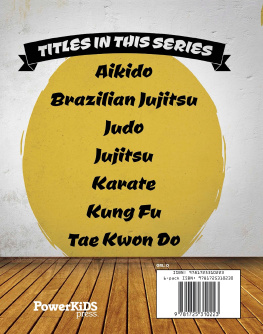

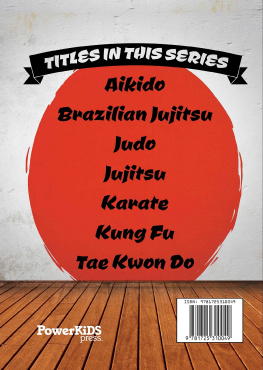
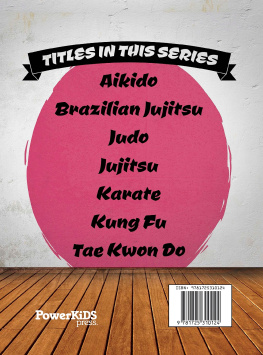




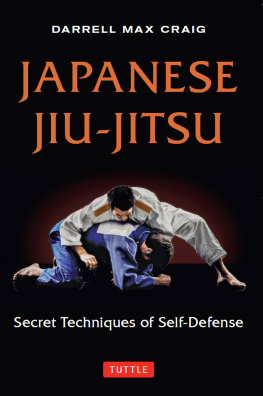

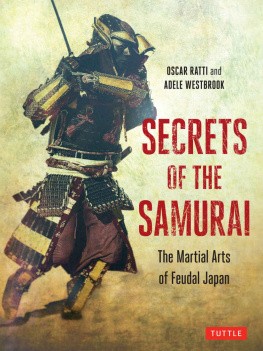
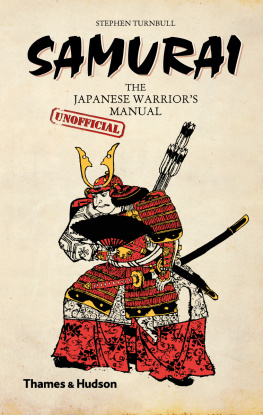

 Published in 2020 by The Rosen Publishing Group, Inc. 29 East 21st Street, New York, NY 10010 Copyright 2020 by The Rosen Publishing Group, Inc. All rights reserved. No part of this book may be reproduced in any form without permission in writing from the publisher, except by a reviewer. First Edition Editor: Greg Roza Book Design: Reann Nye Photo Credits: Series art Reinhold Leitner/ Everyonephoto Studio/Shutterstock. com.
Published in 2020 by The Rosen Publishing Group, Inc. 29 East 21st Street, New York, NY 10010 Copyright 2020 by The Rosen Publishing Group, Inc. All rights reserved. No part of this book may be reproduced in any form without permission in writing from the publisher, except by a reviewer. First Edition Editor: Greg Roza Book Design: Reann Nye Photo Credits: Series art Reinhold Leitner/ Everyonephoto Studio/Shutterstock. com. Jujitsu matches start with opponents standing up, but often they end up on the ground. The on the bottom in this photograph has applied a jujitsu joint lock to her opponents arm. Her opponent will have to submit to avoid an injury. Jujitsus Origins Jujitsu is one of the oldest martial arts. Its origins can be traced to monks from India.
Jujitsu matches start with opponents standing up, but often they end up on the ground. The on the bottom in this photograph has applied a jujitsu joint lock to her opponents arm. Her opponent will have to submit to avoid an injury. Jujitsus Origins Jujitsu is one of the oldest martial arts. Its origins can be traced to monks from India. This page from a French magazine from the 1800s displays several jujitsu moves against an armed attacker. This was a very new art form for most Westerners at this time. The Modern Era People practicing jujitsu today keep it modern by creating new moves, techniques, and training styles. During the twentieth century, Brazilian martial artists transformed jujitsu into a new and very exciting form, now called Brazilian jujitsu, or BJJ.
This page from a French magazine from the 1800s displays several jujitsu moves against an armed attacker. This was a very new art form for most Westerners at this time. The Modern Era People practicing jujitsu today keep it modern by creating new moves, techniques, and training styles. During the twentieth century, Brazilian martial artists transformed jujitsu into a new and very exciting form, now called Brazilian jujitsu, or BJJ.
 In this photograph from 2011, MMA fighter Jeremy Stephens (white trunks) applies a jujitsu lock called a Kimura to the arm of Danny Downes (black trunks). Downes was forced to tap out, or give up, and Stephens won the match. Mixed Martial Arts (MMA) has become very popular recently. Most MMA fighters need a basic knowledge of jujitsu to have any chance at competing at the level.
In this photograph from 2011, MMA fighter Jeremy Stephens (white trunks) applies a jujitsu lock called a Kimura to the arm of Danny Downes (black trunks). Downes was forced to tap out, or give up, and Stephens won the match. Mixed Martial Arts (MMA) has become very popular recently. Most MMA fighters need a basic knowledge of jujitsu to have any chance at competing at the level. These jujitsu students are training tai otoshi. Submission Moves Joint locks and choke holds are techniques created to make an opponent tap out because of pain or a lack of air. Locks place strain on one or more of your opponents joints, such as wrists, elbows, knees, or ankles. Common joint locks include the arm bar and the Kimura, an elbow and shoulder lock. Kiai! Trust is a key part of training.
These jujitsu students are training tai otoshi. Submission Moves Joint locks and choke holds are techniques created to make an opponent tap out because of pain or a lack of air. Locks place strain on one or more of your opponents joints, such as wrists, elbows, knees, or ankles. Common joint locks include the arm bar and the Kimura, an elbow and shoulder lock. Kiai! Trust is a key part of training.
 These two jujitsu instructors are demonstrating the proper way to apply the rear naked choke. The rear naked choke, also known as a sleeper hold, is a common move in MMA. To apply the choke, you need to get behind your opponent and wrap your arm around their neck. Then, grab your other arm and squeeze! First Steps The typical clothing worn for most martial arts is known as a gi.
These two jujitsu instructors are demonstrating the proper way to apply the rear naked choke. The rear naked choke, also known as a sleeper hold, is a common move in MMA. To apply the choke, you need to get behind your opponent and wrap your arm around their neck. Then, grab your other arm and squeeze! First Steps The typical clothing worn for most martial arts is known as a gi. Colored belts show all students your level of experience. Its important to go easier on people with lower belts than you have to avoid injuries, and to help lower-level students learn. Jujitsu Training Jujitsu is a grappling martial art. It can be a tiring activity. To train effectively, you should focus on .
Colored belts show all students your level of experience. Its important to go easier on people with lower belts than you have to avoid injuries, and to help lower-level students learn. Jujitsu Training Jujitsu is a grappling martial art. It can be a tiring activity. To train effectively, you should focus on .